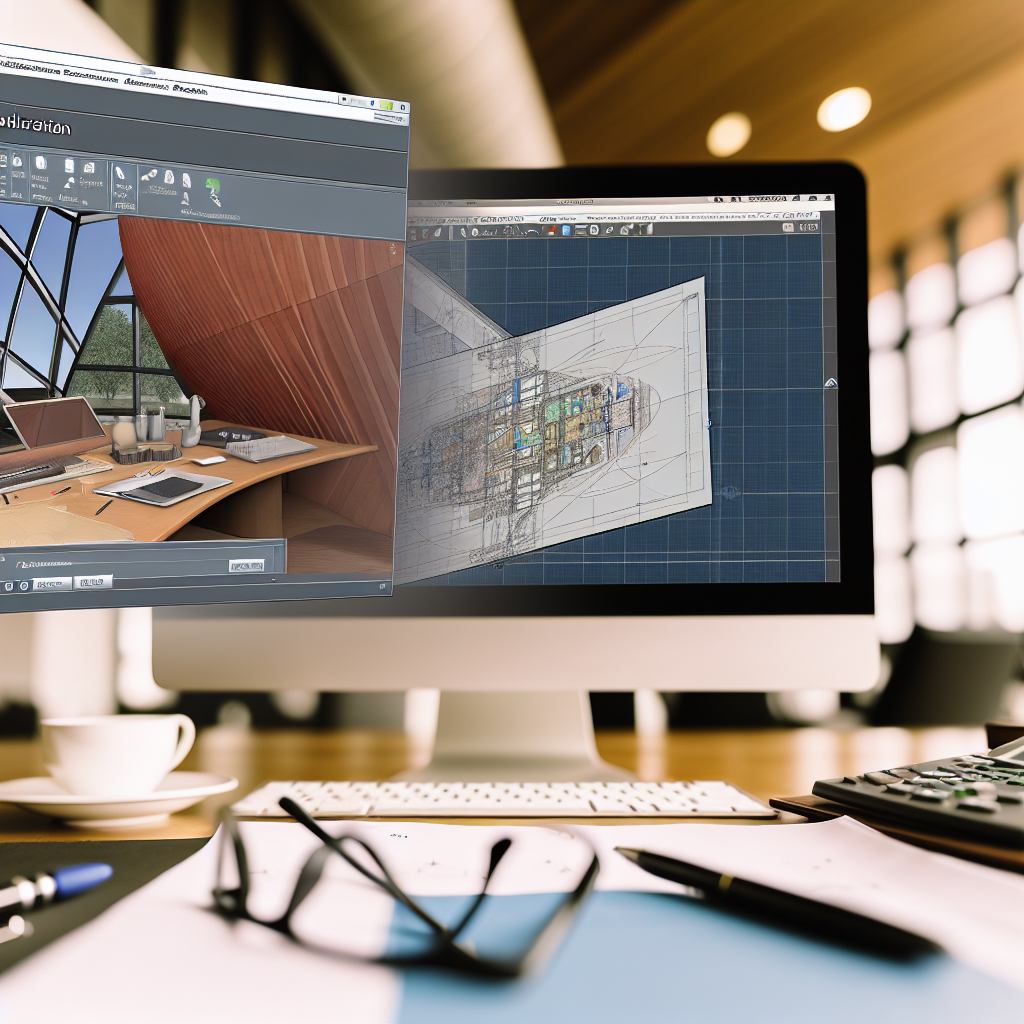Introduction to AutoCAD 2016 and Navisworks Coordination Models
AutoCAD 2016 remains a foundational design tool in the architecture, engineering, and construction industries, especially when integrating with Navisworks for clash detection and coordination. The Navisworks Coordination Model allows teams to unify multiple design files for comprehensive project oversight, reducing errors and enhancing collaboration. Below, we explore how these tools work together for effective project management.
Understanding Navisworks Coordination Model in AutoCAD 2016
The Navisworks Coordination Model is a pivotal feature for managing complex construction projects. It acts as a centralized platform where different discipline models—such as architectural, structural, and MEP (mechanical, electrical, plumbing)—are imported and overlaid within a single environment. This integration is crucial for identifying conflicts before construction begins, thereby saving time and reducing costly rework.
AutoCAD 2016’s compatibility with Navisworks extends through detailed exporting options. Users can generate Navisworks-compatible files directly from AutoCAD, typically in DWF or NWD formats, which retain precise geometries and annotations. These files are then imported into Navisworks, where clash detection and schedule simulations can be executed efficiently.
One notable advantage of the Navisworks Coordination Model is its ability to simulate construction sequences. By linking models with scheduling data, project managers gain a visual timeline of project phases, facilitating better resource allocation and risk management. Additionally, the model provides a platform for stakeholder reviews, ensuring everyone is aligned on project progress and design intent.
Best Practices for Effective Coordination and Clash Detection
- Consistency in Model Standards: Ensure all disciplines adhere to standardized modeling conventions to streamline integration.
- Regular Model Updates: Maintain continuous updates of models as the project progresses, enabling early detection of conflicts.
- Structured Clash Reports: Use Navisworks’ clash report features to categorize conflicts by severity and discipline, prioritizing resolution steps.
- Collaborative Review Sessions: Organize periodic coordination meetings using Navisworks’ quantification and markup tools to facilitate stakeholder communication.
Mastering the interplay between AutoCAD 2016 and Navisworks not only enhances coordination but also streamlines project workflows. Properly managing models, adhering to best practices, and utilizing clash detection tools can significantly mitigate risks and promote project success with minimized delays and costs.
Conclusion
Integrating AutoCAD 2016 with Navisworks Coordination Model empowers design and construction teams to visualize, analyze, and resolve potential conflicts in a unified environment. By following best practices in model management and clash detection, projects become more efficient, coordinated, and less prone to costly errors. Embracing these tools is essential for modern project delivery excellence.
